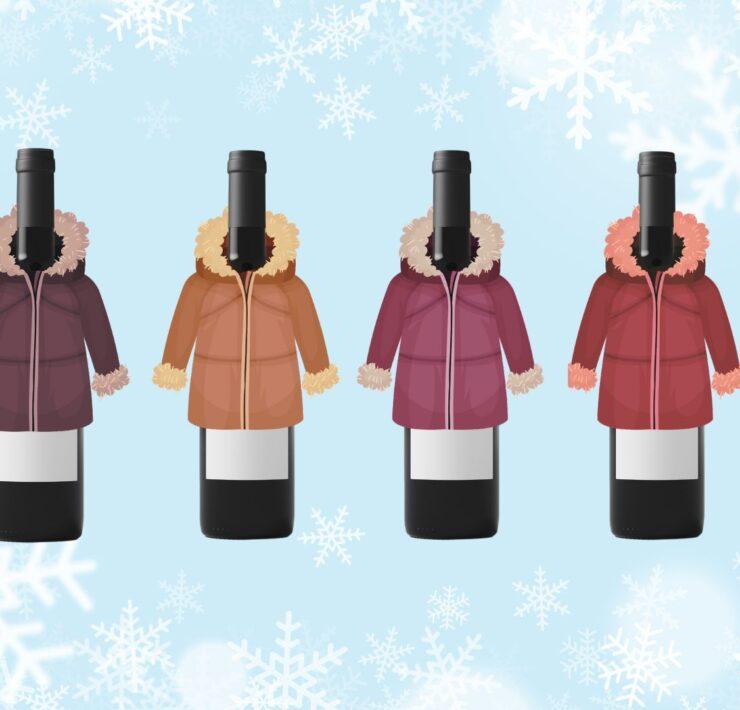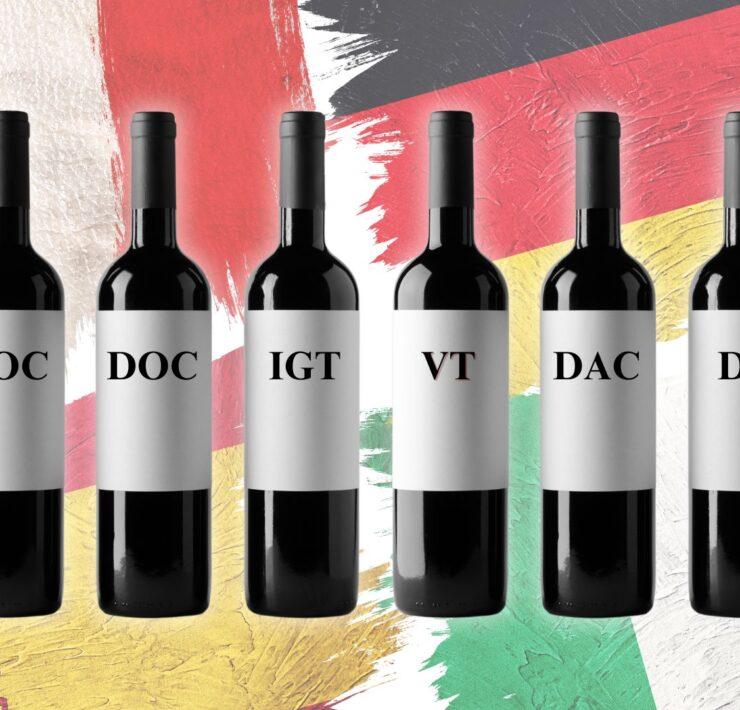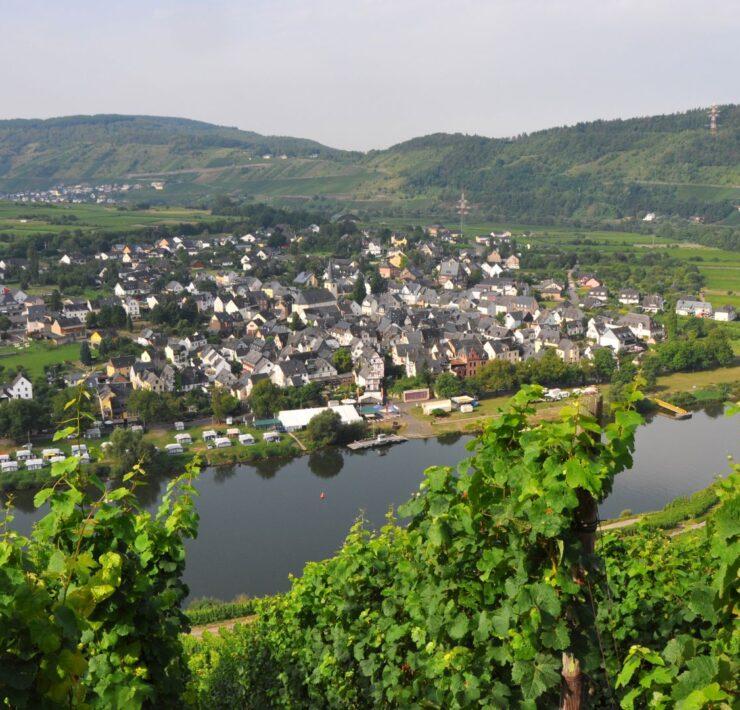VDP — or Verband Deutscher Prädikatsweingüter — is a group of about 200 German wine producers who act independently from the German Wine Act. Generally speaking, before 2021, the country’s wine law classified its PDO (protected designations of origin) wines into two fundamental levels: Qualitätswein and Prädikatswein, the latter of which further subdivides into six categories depending on sweetness level. These levels provide a good indication of style for consumers perusing bottles on the shelf. However, they don’t reveal quality, which is where the VDP wine classification system comes in. Since its inception in 1910, the VDP has been defining the quality of wine according to origin — essentially, classifying vineyards by identifying micro-terroir.
After decades of disparity between the two systems, official wine law began incorporating some aspects of the VDP wine classification system in 2021. Germany adopted a pyramid of origin for Qualität and Prädikat wines, utilizing familiar VDP terminology and labeling, like Erste Lage and Grosse Lage, to further expand its classes of single-vineyard wines.
Now, both systems aim to highlight the best sites in Germany and their value, following the motto, ‘the narrower the origin, the higher the quality’.
VDP Compliance
VDP wineries can use the association’s logo, a stylized eagle with a cluster of grapes, on the capsule as an identifying symbol for consumers. That is, presuming that they adhere to regular inspections to guarantee compliance and undergo a full company audit at least once every five years.
The VDP consists of 11 sub-associations, ensuring that each region can foster its own traditions with a focus on individuality pertaining to grapes and terroir.
| REGIONAL ASSOCIATION | TYPICAL GRAPES | TERROIR |
|---|---|---|
| Ahr | Spätburgunder (Pinot Noir), Frühburgunder. Exclusively sweet: Riesling | Steep slopes along 15 miles (25km) of the Ahr River. |
| Baden | Riesling, Weissburgunder (Pinot Blanc), Grauburgunder (Pinot Gris), Spätburgunder, Chardonnay (Lemberger only in Badische Bergstraße and Kraichgau) | Warm, sunny, & hilly. |
| Franken | Riesling, Silvaner, Weissburgunder, Spätburgunder | 62 miles (100 km) of continental climate marked by many vineyard-specific microclimates. |
| Mittelrhein | Riesling, Spätburgunder | Steep terraced vineyards. |
| Mosel-Saar-Ruwer | Riesling | Cool climate with good air circulation by the area’s three rivers. |
| Nahe | Riesling | 1,350 acres of classified land with wide geological diversity. |
| Pfalz | Riesling, Weissburgunder, Spätburgunder | 52 miles (85km) stretching between the Haardt Mountains (providing wind and shade), the Palatinate Forest in the east, and the Rhine in the west. |
| Rheingau | Riesling, Spätburgunder | Gentle sloping vineyards along north banks of the River Rhine and River Main. |
| Rheinhessen | Riesling, Spätburgunder | Steep sloping vineyards on the West Bank of the River Rhine. |
| Sachsen/Saale-Unstrut | Riesling, Weissburgunder, Grauburgunder, Spätburgunder, Frühburgunder, Traminer, Silvaner | Continental climate with cold winters, hot summers and strong diurnal temperatures. |
| Württemberg | Riesling, Weissburgunder, Grauburgunder, Spätburgunder, Lemberger | Steep-sloped, high elevation sites with plenty of rain. |
VDP Wine Classification System
The four-stage VDP wine classification system was unanimously adopted beginning with the 2012 vintage. The eleven regional associations regulate production parameters within this framework.
Gutsweine: Entry-level wines that inherently links wine quality with origin; must come from estate-grown grapes.
Ortsweine: The fruit for this level originate from a village’s best vineyards. Dry versions are labeled “Qualitätswein trocken”. Versions with natural ripe sweetness will have one of the traditional Prädikats levels indicated on the label: Kabinett, Spätlese, Aisles, Beerenauslese, Trockenbeerenauslese, or Eiswein.
Erste Lage: First-class (premier cru) vineyards have optimal growing conditions and distinguish distinct character with a view to sustainability. Harvest must be done by hand. Dry versions are labeled “Qualitätswein trocken”. Versions with natural ripe sweetness will have one of the traditional Prädikats levels indicated on the label: Kabinett, Spätlese, Aisles, Beerenauslese, Trockenbeerenauslese, or Eiswein.
Grosse Lage: The highest quality designation (grand cru) are made from grapes that grow from single sites with exceptional aging potential. Dry wines within this category are known as Grosse Gewächs and will note ‘GG’ on the bottle’s neck. Versions with natural ripe sweetness will have one of the traditional Prädikats levels indicated on the label: Kabinett, Spätlese, Aisles, Beerenauslese, Trockenbeerenauslese, or Eiswein.
In 2018, the VDP introduced two designations specific to sparkling wines: Sekt and Sekt Prestige. The VDP website states adjustments are still to come. Generally, both levels require estate-grown grapes, hand harvesting, whole bunch press, and traditional-method bottle fermentation. VDP Sekt requires a minimum of 15 months of lees maturation, a regional quality assessment, and allows producers the option to specify vintage. In contrast, VDP Sekt Prestige is vintage-designated, requiring a minimum of 36 months of lees maturation and a national quality assessment.









